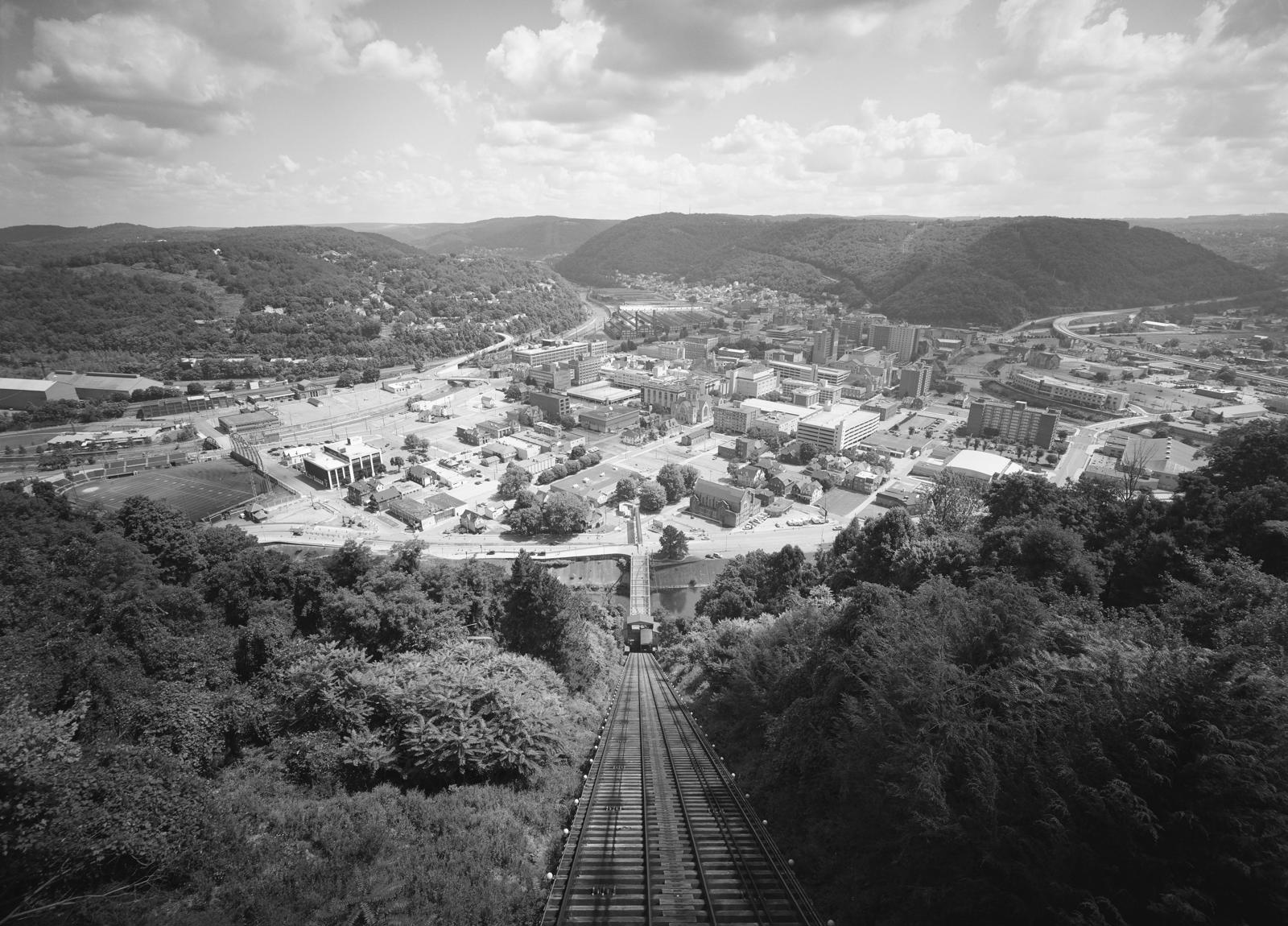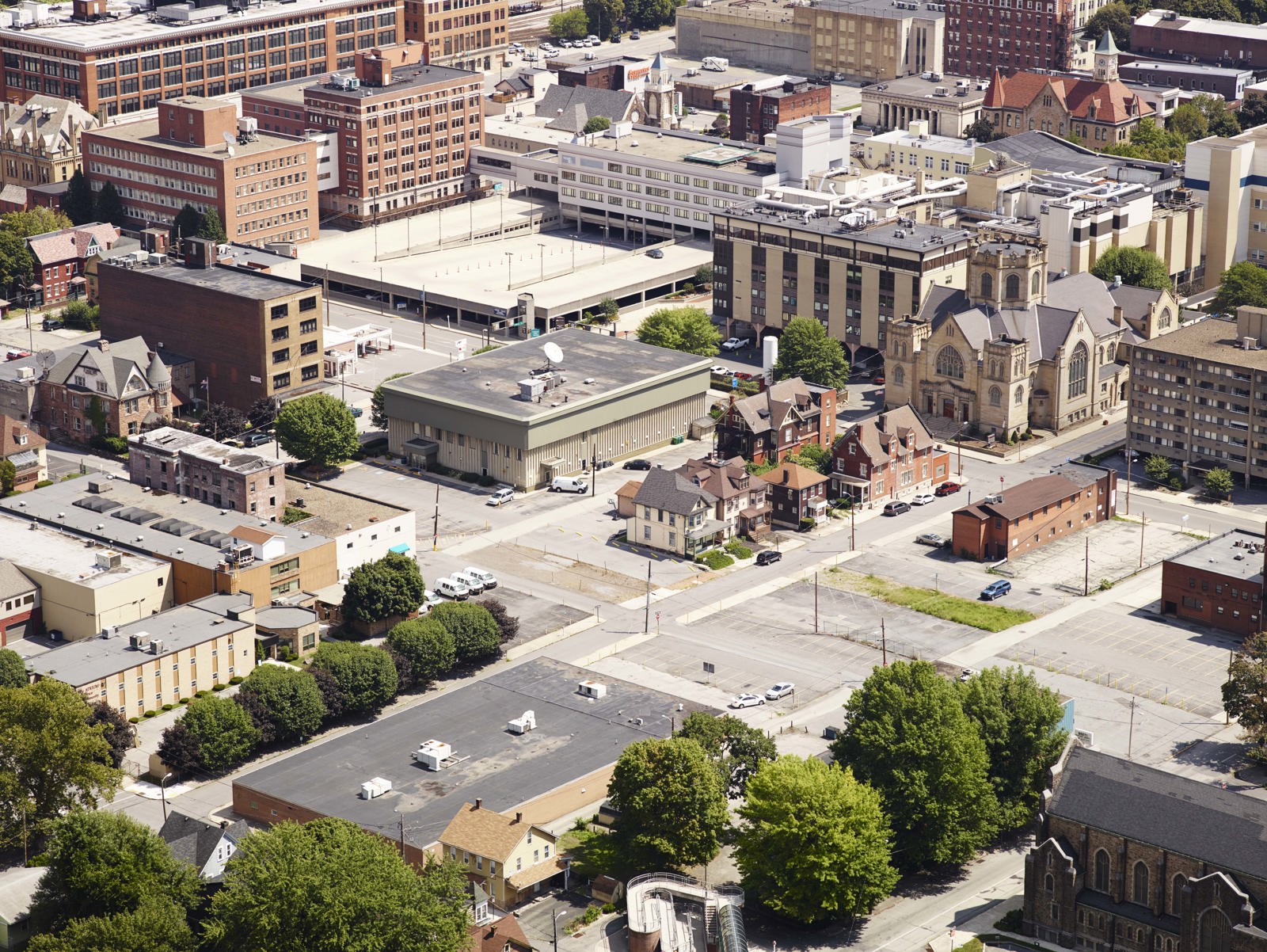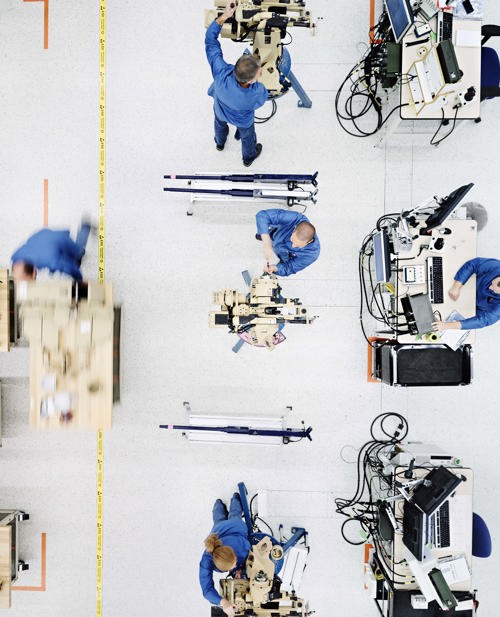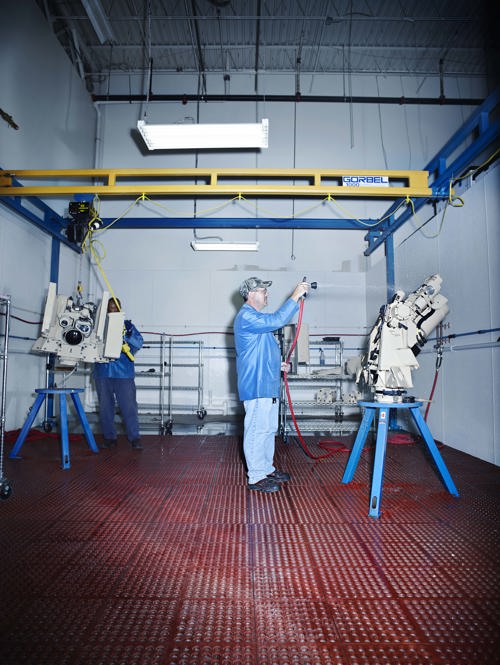CAME IN AS NUMBER TWO
David accompanies us onwards. We take a seat in the canteen and are served “Norwegian brewed coffee”. Apparently it is stronger than normal American coffee.“The Norwegians just complain that our coffee is too weak,” interjects a colleague while the polystyrene cups are filled.David has been here since the start of the Johnstown adventure.“I was tipped off about the job by my colleague Vickie Daniels. I knew nothing about KONGSBERG before the interview,” chuckles David. “It has been an amazing journey.”
David is from Johnstown. Like many of the others we meet, he has roots going back to the steel industry. “My grandfather came from Italy and was sent by train to Johnstown with a sign hanging around his neck.” David explains that many people arrived in Johnstown in this way. A sign was hung around your neck when you arrived in America and you were put on a train to a specific destination. Many people arrived in Johnstown from Southern and Eastern Europe with a clear goal of getting work in the ironworks. “The mentality of the entire is district is based on hard work. It is something I really notice here,” says David Zucco.
JUST A BEGINNING
We leave the factory to take a closer look at the city of Johnstown. We are struck by the peace and quiet. Johnstown’s population of 20,000 means it is not a large city. The city is far from hypermodern, just peaceful and quiet. On our stroll we can still see visible scars from the horrible encroachments on the part of nature. On the wall of City Hall there are three marks that indicate the high water mark of each major flood. It is obvious that buildings are missing from the surrounding blocks. Buildings that were never rebuilt. But, just like KONGSBERG has survived for 200 years, Johnstown has also endured. After going through tough times with an iron industry that has almost disappeared, Johnstown re-emerged and a new era has started. David Zucco summed it up neatly when we talked about KONGSBERG and the company’s 200th anniversary.
“I feel it is just the start of something big. May be not just for KONGSBERG, but also for Johnstown.”






